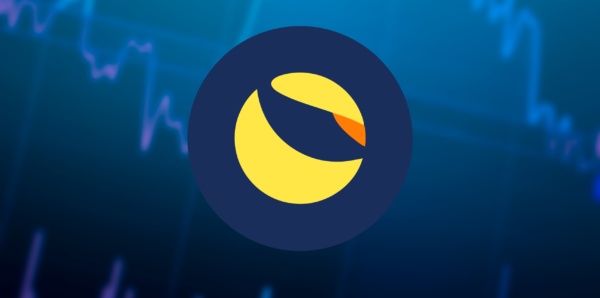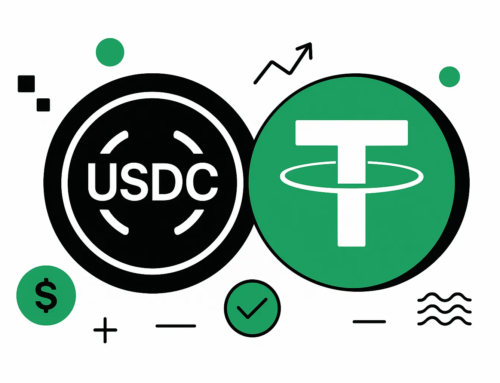Terra is a public blockchain protocol that operates with a set of decentralized stablecoins. A rich ecosystem has grown up around Terra that aims to popularize Defi applications.
The uniqueness of the Terra blockchain lies in the fact that it is able to host a multitude of algorithmic stablecoins on its network creating a stable and secure payment system for anywhere in the world.
Terra was created by Korean startup Terraform Labs and its co-founders Do Kwon and Daniel Shin in 2018.
The LUNA token
Luna is the native token of the Terra blockchain. Its value has increased from 0.76 USD to 85 USD over the past 12 months.
Luna’s ranking is now 9th among cryptocurrencies by market value.
Holders of Luna have governance rights and voting power on decisions about the protocol.
Consensus model
Terra operates with a DPOS model, Distributed Proof Of Stake, where validators verify transactions based on how much cryptocurrency Luna they own. This method is significantly less energy-intensive than other models and therefore has less environmental impact.
Terra vs Ethereum
With nearly $18 billion in total locked value, Terra recently became the second largest DeFi protocol.
Ethereum is the largest DeFi protocol with over $162 billion in total locked value. The Terra ecosystem has 13 DeFi protocols built on it, while Ethereum has 373.
Terra has offered incentives to attract investors to its ecosystem but the ability to compete with Ethereum will only be clear after the incentives are over.
A current advantage of Terra is that the blockchain technology on which it relies can process 10 thousand transactions per second and each transaction completes within 2 seconds. This is a significant difference from the current capabilities of Ethereum, which cannot process more than 15-30 transactions per second and requires about a minute to complete the entire process.
The first ETP product on Terra
On January 12, 2022, 21SHARES AG, a Zurich-based company and leader in cryptocurrency ETPs, announced the launch of the world’s first crypto ETP on the Terra blockchain on SIX Swiss Exchange. The ETP will be available in euros (EUR), dollars (USD) and Swiss francs (CHF).
The ecosystem
Terra’s ecosystem consists of an infrastructure for decentralized finance, applications for financial instruments and solutions in various areas. Many solutions are still under development or close to launch.
Here are a few of them of various types.
Savings: Anchor
Anchor offers a protocol that offers investors very high returns through specific staking-based lending solutions on a variety of Proof of Stake platforms. Anchor does not require minimum deposits, account locks, or special enrollment requirements.
AMM: Terraswap
Terraswap is an automated market-maker (AMM) protocol inspired by Uniswap and implemented with smart contracts on the Terra blockchain. This enables a decentralized on-chain exchange for the various assets involved in the Terra ecosystem.
It is thus a fully decentralized protocol for automated liquidity provision on Terra for DeFi users and applications.
Lottery: LoTerra
Terra is a platform that implements a lottery. The terms of the agreement between the player and the lottery are written directly into lines of code in a smart contract that executes automatically.
Referral: Valkyrie Protocol
Valkyrie is an innovative referral protocol that distributes rewards designed to incentivize user participation and content sharing. The protocol allows any user to design a campaign with a specific goal and distribute pre-assigned rewards to users depending on their level of participation.
Metaverse/NFT: Terra
It is the first Terra-based metaverse operating in the real estate working environment. It provides a remote work environment designed to attract entrepreneurs, professionals and startups seeking low-risk investments.
Changing work patterns, from presence to remote work, combined with increased network performance, have greatly enhanced the success of a virtual office in a metaverse. Users can easily create virtual offices regardless of the location of workers. One has the advantage of allowing a team to start working easily without the burden of paying rent for a real office.
Conclusions
Terra has been in operation for several years now and guarantees high performance and low costs. It is therefore a reference platform for DeFi applications. Its interest will further increase when it will be possible to integrate with other blockchains. This will open new opportunities for applications in its ecosystem and making the platform even more attractive. Competitors, however, are not watching and they also foresee evolutions to become even more competitive, such as Ethereum, already dominant in the sector.








